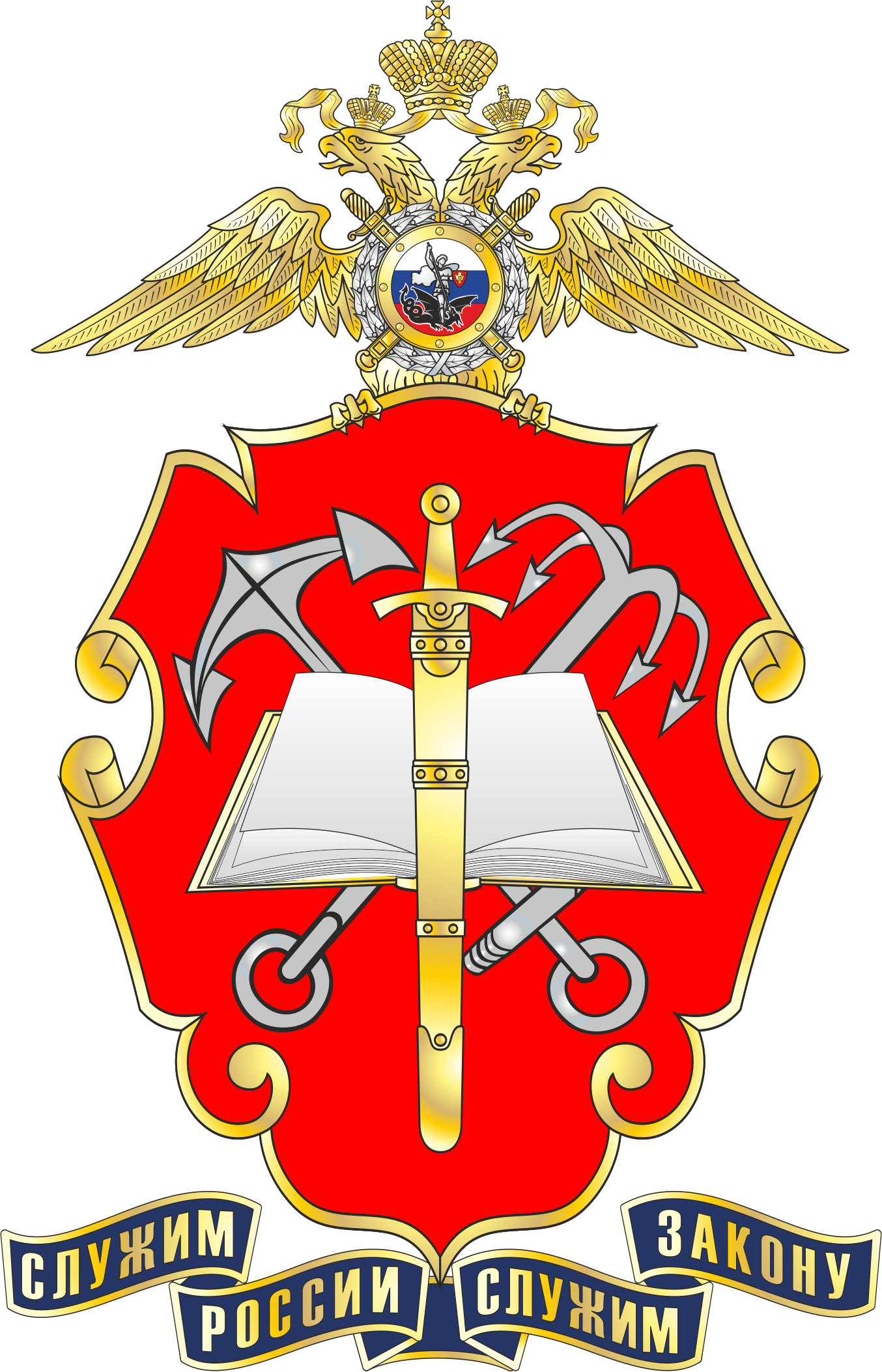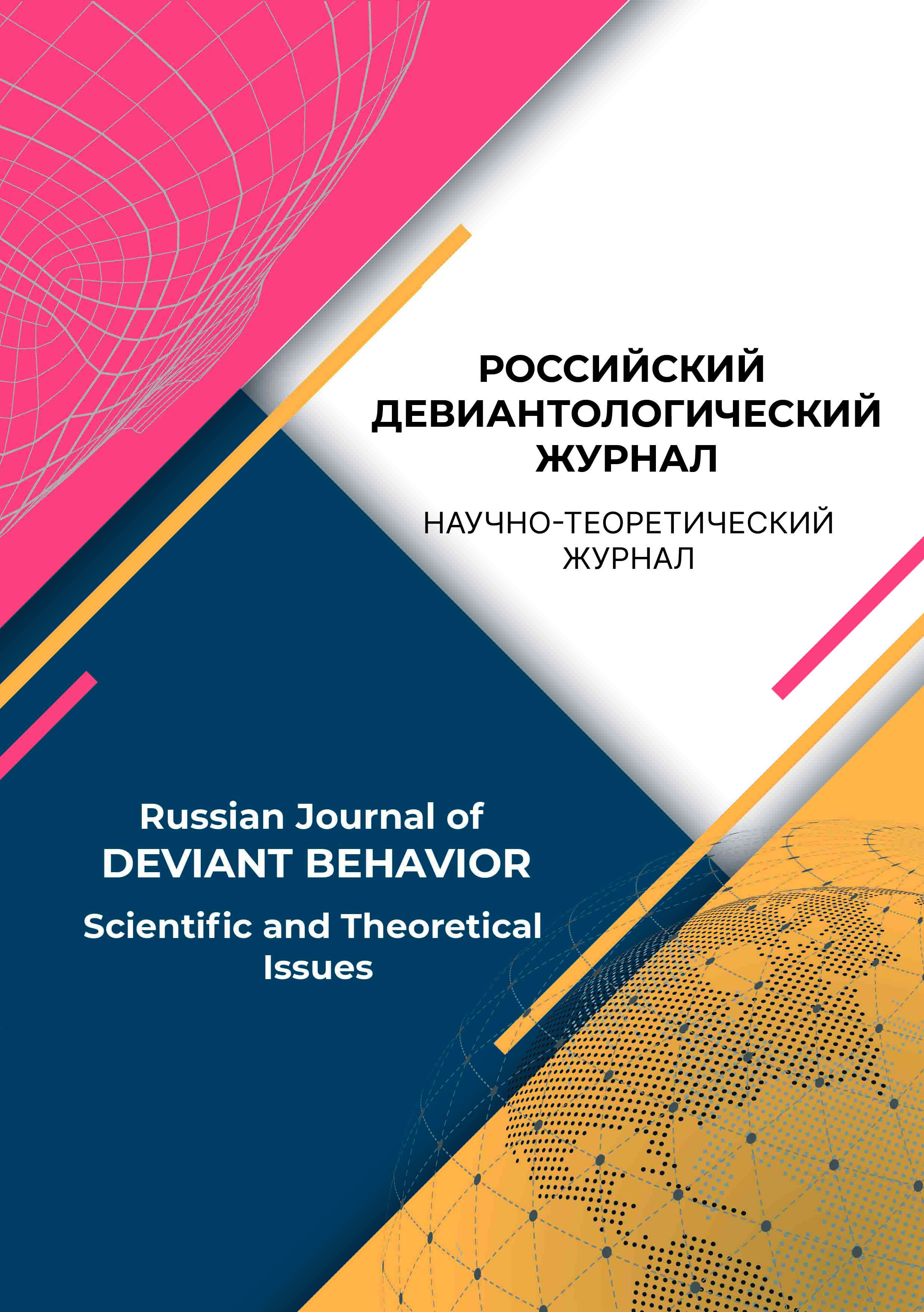Krasnodar, Krasnodar, Russian Federation
UDC 008
UDC 316.3
Introduction. Nowadays, Russian society's attitude towards the anime subculture varies from panic to complete acceptance. Anime is a global culture with local communities and does not respect state borders. Anime community includes structure, norms, values and a certain level of relationships. The object of the study was a group of students of school №19 and school №39 in Krasnodar (90 questionnaires), the age of students is from 10 to 17 years old. The aim of the research is to study the specifics and get an idea of the anime subculture, to determine the degree of its influence on minors. Research methods consisted of theoretical analysis, identification of internal symbols, meanings and trends through content analysis of anime cartoons. The research included a social survey on media preferences in anime genres. Participatory observation in virtual space in forums, chat rooms, as well as media materials were also used. Legislative acts and decisions of authorities on blocking websites related to illegal content and prohibited propaganda of suicide and drugs were analysed. Results. The comprehensive study made it possible to develop recommendations on preventive measures and increased vigilance for parents of minors (or their legal representatives) to promptly remove prohibited information from the network.
informal groups, anime subculture, suicide, «PMC Redan», minors
1. Ageeva, M. B. (2016). Vospriyatie yaponskoj kul’tury cherez anime. Fenomen subkul’tury «animeshniki». V Novyj vzglyad. Yaponiya: perelomnye momenty istorii: sbornik statej konferencii. Moskow.
2. Artemov, R. Yu. (2017). Religioznye simvoly i atributy v fendomnyh personazhah otaku. Trudy Minskoj duhovnoj akademii, 14, 275-290.
3. Milyukova, A. V. (2017). Vliyanie yaponskoj anime-kul’tury na sovremennuyu molodezh’ Rossii. Innovacionnaya nauka, 4 (2), 202-204.
4. Najmushina, A. N. (2016). Istoriya anime v Rossii: avtoref. dis. … d. filos. nauk. Saint Petersburg.
5. Odegova, K. I. (2018). Animacionnyj kinematograf kak ob»ekt kompleksnogo gumanitarnogo issledovaniya: filosofskij aspekt. Gumanitarnye vedomosti TGPU im. L. N. Tolstogo, 2, 143-146.
6. Ryabinina, A. M. (2018). Otaku atakuyut: rossijskoe kosplej-soobshchestvo v publikaciyah SMI (po materialam statej 1999-2017 goda). Artikul’t, 1, 109-127.
7. Samojlova, E. O. (2016). Semantika kiberprostranstva v zhanrah anime. Filosofskie problemy informacionnyh tekhnologij i kiberprostranstva, 1, 161-167.
8. Trifonova, L. L. (2016). Mifopoeticheskij aspekt tvorchestva H. Miyadzaki. Kul’tura. Duhovnost’. Obshchestvo, 27, 82-97.
9. Shamionov, R., Suzdal’cev, N., Bocharova, E., &Akaemova, YU. (2023). Rol’ cennostej i vovlechennosti molodezhi v razlichnye formy aktivnosti v predpochtenii onlajn/ oflajn-sredy. Vestnik Sankt-Peterburgskogo universiteta. Psi¬hologiya, 13 (1), 38-50. https://doi.org/10.21638/spbu16.2023.103
10. Shishkina, E. V., Zotova, S. V., Havronina, V. N., Zotov, V. M. (2020). Yaponskoe anime: issledovanie ego vliyaniya na psihologicheskoe zdorov’e shkol’nikov i studentov mladshih kursov vysshih uchebnyh zavedenij Rossii. Azimut nauchnyh issledovanij: pedagogika i psihologiya. 1 (30), 309-312.
11. Näsi, M., Tanskanen, M., Kivivuori, J., Haara, P., & Reunanen, E. (2021). Crime News Consumption and Fear of Violence: The Role of Traditional Media, Social Media, and Alternative Information Sources. Crime & Delinquency, 67 (4), 574-600. https://doi.org/10.1177/0011128720922539













